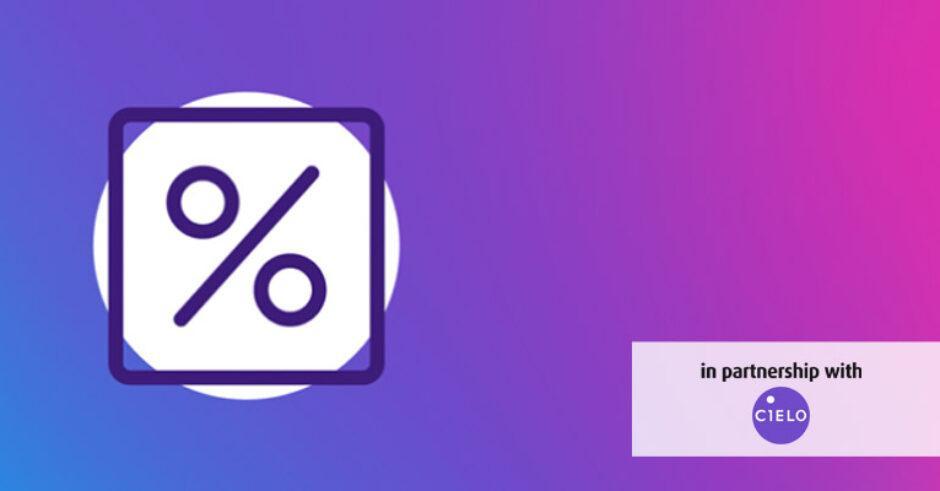The global health crisis has caused organizations to shift many of their business approaches very quickly. One critical function that has been highly impacted by the pandemic and economic crisis is hiring. From furloughs and hiring freezes to ramping up forces of essential workers, talent acquisition and HR teams have had to respond efficiently and effectively in a challenging landscape. And it’s time to pivot once again as workplaces reopen and leaders enter a new phase: recovery.

“TA leaders are thinking about recovering,” says Anne Bucher, Senior Vice President – Global Customer Experience. “Current conversations are around ways to bring back requisitions and employees on furlough, and keep them grounded in what needs to happen now and what happens in the next step. Because there are not a lot of underlying economic conditions to COVID-19—it’s comparable to a natural disaster—we anticipate a swifter return.”
An important part of that recovery will be metrics: assessing talent needs and hiring processes to ensure they are effective as possible. “Tangible measures are changing and shifting and becoming more important in the new norm,” she says.
Organizations will certainly be taking cost into consideration during the uncertain times ahead, but what else? Bucher points to five TA metrics that will be critical for recovery.
1. Quality of Hire
“There is going to be a lot of scrutiny around comparing quality of hire pre-COVID, during, and post-COVID,” she says. “During COVID, organizations had to do a lot things that weren’t typical to get the hire. HR will need to review carefully where they made changes and see if they still got the same quality of hire in the end.” This type of review process will help examine efficiency gains and losses and drive future decision-making when it comes to streamlining the hiring process.
2. Time to Fill
With the COVID-19 pandemic forcing hiring leaders to make decisions quickly, time will continue to be of the essence for essential roles. “Organizations will be looking at time to fill to get people back into revenue-generating positions,” Bucher says. For those companies that made process changes to speed up the selection process during the height of the crisis, many will be working to maintain this shift into recovery for all roles to keep the efficiency and improved candidate experience.
3. Cost Per Hire
Organizations will be re-evaluating their spend on attracting and engaging candidates, and are likely to pull back on recruitment marketing and branding budgets. “TA teams were spending a good amount of money three months ago when they were fighting for candidates. They will be reluctant now,” Bucher explains. Savvy organizations will look to take advantage of available talent, pushing cost per hire down. But organizations should be careful; high unemployment should not be an excuse to under-invest in your recruitment process. Top talent will still be hard to find, and companies want the best, not the first available talent.
4. Time to Offer
The unique circumstances of the global health crisis encouraged HR leaders to be flexible in their approaches to hiring. For example, due to travel restraints, many teams had to leverage video interviewing tools in order to evaluate candidates. If these changes remain, time to offer will be impacted—positively. TA leaders need to keep an eye on where efficiencies can be achieved.
5. Source of Hire
During this time, candidates may have shifted their online behavior and new tools may have been added into candidate generation approach. Be focused on where candidates are spending their time currently. Pay attention to where new hires are coming from and be willing to change the channel mix in response so no recruitment marketing spend is wasted.
The Importance of Agility
Beyond a shift in the key metrics organizations will be watching closely, many will also be taking a slower approach to proactive hiring overall as the uncertainty has yet to clear. Requisition approval processes are becoming more stringent. Bucher says businesses will do more with less, leveraging the skills of current employees to keep initiatives moving forward while keeping costs down.
“Organizations should be looking at their internal mobility strategy and the way they can upskill their workforce and find transferable skills,” she explains. “A strong option for organizations is to have employees do a project for a few months before external headcount gets approved,” she says. “This will avoid any delays to business imperatives.”
One thing this year’s crisis taught business leaders is the importance of agility and the ability to flex and scale. “As we come back, organizations will need to be able to fill demand spikes,” Bucher says. “We think organizations are already looking at talent pipeline and the engagement of that talent pipeline, and when things open back up, they will have people ready.”
This is a key time to think about total cost of ownership, both hard and soft costs, and try to incorporate more variability into the hiring model. That could include more flexible contracts with job boards and tech vendors or an RPO partnership to create a fully variable model for hiring dips and spikes.
Debbie Bolla of HRO Today contributed to this report.
The Business Transformation Network has shared this article in partnership with Cielo Talent.



